Ms. Nguyen Thi Nga's family farm makes full use of agricultural waste and by-products between production stages.
Along the Duong Lang mountain range in Dong Toan street, Ha Long town (Ha Trung), there is a comprehensive farm of more than 5 hectares but still lush all year round. To have a prosperous production model like today, the owner, Ms. Nguyen Thi Nga and her family have worked hard for many years to reclaim and build. Here, the production stages complement each other in a circular direction, minimizing costs.
According to Ms. Nga, from a barren land that was bid and contracted, in 2015 her family was determined to renovate and form a comprehensive economic model. On the high hills, the most difficult problem is the source of irrigation water, so the family invested in 5 drilled wells and a large electric pump system. To proactively have water all year round, she built 6 concrete tanks on high hills to serve daily production. All of her family's own capital in business many years ago was invested in land renovation, forming modern fruit growing areas. From there, the hills of green-skinned grapefruit, sapodilla, longan, guava, avocado... were cultivated and developed one after another. Most of the crops are supplied with water to each root by a modern drip irrigation system.
Taking short-term to sustain long-term, she continued to invest in a barn system to maintain a herd of about 120 pigs per litter. Hundreds of chickens are raised in a semi-wild form. All waste from the livestock is collected and composted into fertilizer for fruit trees on the hill. Under the canopy system, her family does not spray pesticides to kill weeds like many other places, but leaves them naturally, maintaining a herd of about 40-50 goats. According to her, letting the grass grow both complies with the clean, chemical-free production process and is an endless source of food for raising goats. The goat manure discharged daily is also a source of nutrients for fruit trees. Up to now, the production area has more than 5,000 Taiwanese guava trees, 400 sapodilla trees, nearly 1,400 grapefruit trees, 500 jackfruit trees... All of which have produced fruit for many years with high yields thanks to the application of organic fertilizers and the application of modern farming methods. All by-products from farming are used for livestock, and livestock waste is used as fertilizer for farming. All spoiled fruits and pruned branches are collected and composted to serve production again. A large integrated farm that does not release any waste into the surrounding environment.
In Nghi Son town, the integrated farm of Ms. Le Thi Ngoc in Hong Phong residential group, Hai Linh ward is also operated in an organic circular direction. Originally deployed on dry sandy land, Ms. Ngoc focuses on irrigation water and fertilizer. With an area of up to 5 hectares, Ms. Ngoc grows 2 main crops: Taiwanese strawberries and artichokes to make syrup and soak in wine. The remaining small area is used to build barns to maintain a herd of about 60 pigs per litter and a flock of about 300 chickens.
To have a source of alcohol to produce her 3 OCOP products, she organizes manual wine making. By-products and waste from this stage are used for another stage in a circular manner. Wine lees are fully utilized as animal feed. All livestock waste is collected by the treatment system and put into biogas tanks to be composted into fuel for the wine making process. When the biogas lees no longer have a foul odor, they are composted into fertilizer for crops. Some products from crops become food for fish in the pond, and the stumps, roots and waste of plants after each crop are composted into humus to provide back to the crops. In this production area, there is almost no pollution, because all waste is utilized or collected and treated with scientific solutions to become useful.
At the large-scale production enterprise level, Lam Son Sugarcane Joint Stock Company is a pioneer in applying circular production. A large amount of bagasse after sugar production of Lam Son Sugar Factory is utilized as fuel for the company's internal thermal power plant. The ash after burning bagasse is collected and mixed by the enterprise to make fertilizer for the sugarcane growing area. Thus, waste from one stage is used as raw material and fuel for the other stage to maximize the use of resources without causing significant pressure on the environment.
According to Director of the Department of Agriculture and Environment Cao Van Cuong, “Agricultural production has main products and by-products, often the by-products are discarded, causing environmental pollution and wasting resources. Meanwhile, circular production takes advantage of both types of products, causing no emissions. In a certain time or space, sometimes the by-products bring higher value than the main products. For example, in the past, pineapples or bananas were grown only for the fruit, but now some factories use banana stems and pineapple leaves to produce fibers for the textile industry.”
According to Mr. Cuong, many wood and bamboo processing factories in the province currently discharge sawdust, which is collected by facilities to be used as growing media for producing mushrooms and wood ear mushrooms. These growing media, when discharged, are composted and turned into fertilizer for plants.
However, whether circular production can develop strongly or not depends on the participation of localities as well as related sectors. In the immediate future, it is necessary to strengthen propaganda, training, and support for production entities and enterprises on the necessity as well as the application and transfer of technical processes to organize circular production. State agencies also need to stimulate demand and support production entities with technologies and techniques to organize circular production stages. At the same time, act as a bridge to link and consume products of these production stages in a sustainable manner.
Article and photos: Le Dong
Source: https://baothanhhoa.vn/manh-nha-mo-hinh-nong-nghiep-tuan-hoan-248180.htm


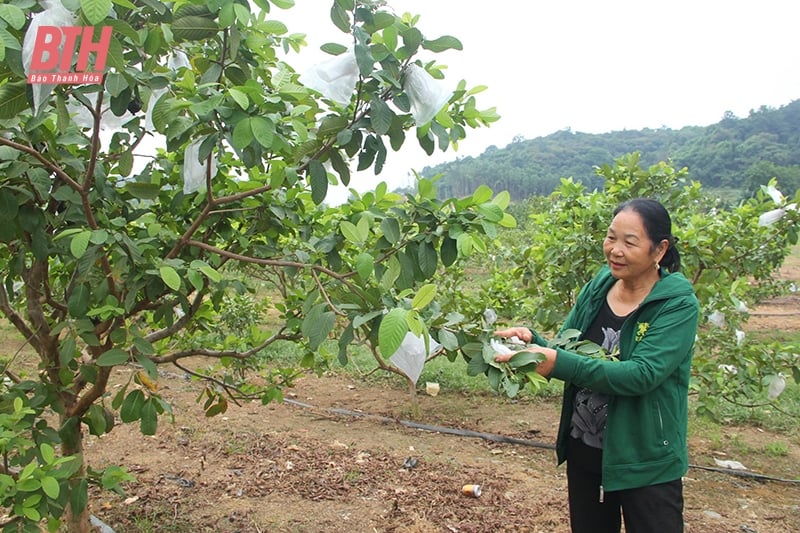

![[Photo] Prime Minister Pham Minh Chinh meets the Vietnamese community in Malaysia](https://vphoto.vietnam.vn/thumb/1200x675/vietnam/resource/IMAGE/2025/5/25/1f11d1256d7745a2a22cc65781f53fdc)
![[Photo] President Luong Cuong receives Lao Vice President Pany Yathotou](https://vphoto.vietnam.vn/thumb/1200x675/vietnam/resource/IMAGE/2025/5/25/958c0c66375f48269e277c8e1e7f1545)

![[Photo] Memorial service for former President Tran Duc Luong in Ho Chi Minh City](https://vphoto.vietnam.vn/thumb/1200x675/vietnam/resource/IMAGE/2025/5/25/c3eb4210a5f24b6493780548c00e59a1)
![[Photo] Panorama of the memorial service for former President Tran Duc Luong](https://vphoto.vietnam.vn/thumb/1200x675/vietnam/resource/IMAGE/2025/5/25/d33968481f21434fa9ed0df48b9ecfa9)




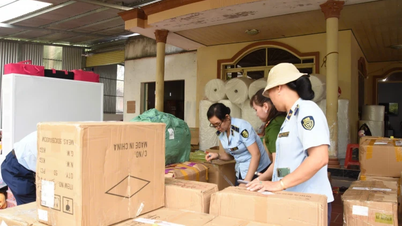
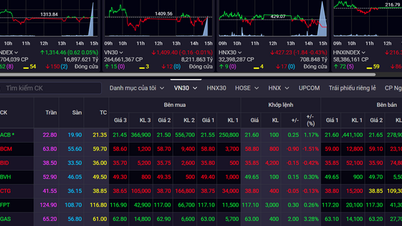


![[Photo series] What is special about Dong Nai's tourism product that just won the 'Southeast Asia Responsible Tourism 2025' award?](https://vphoto.vietnam.vn/thumb/402x226/vietnam/resource/IMAGE/2025/5/25/a33021209f0e4a38bf2733b1262a706f)




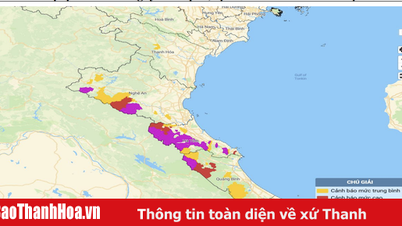
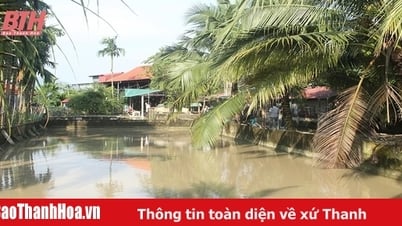


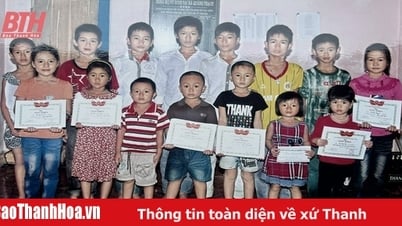





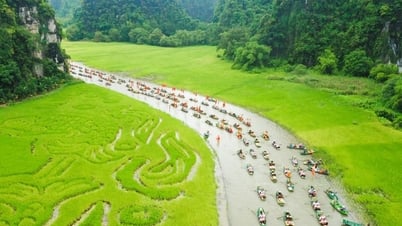

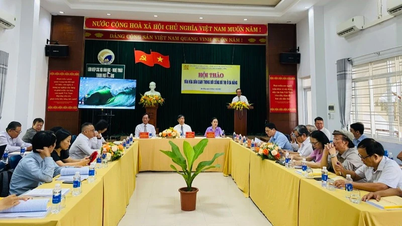























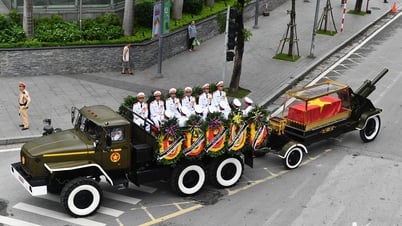


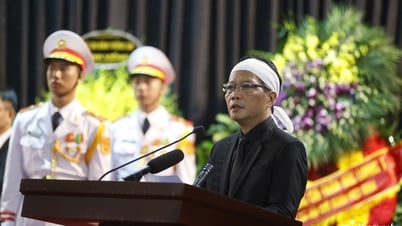
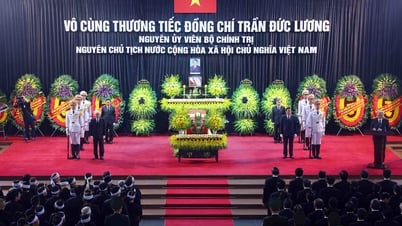
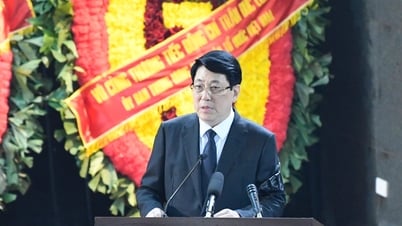








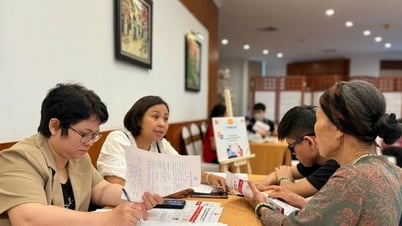
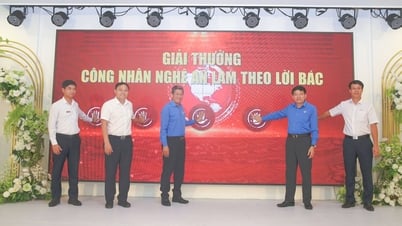

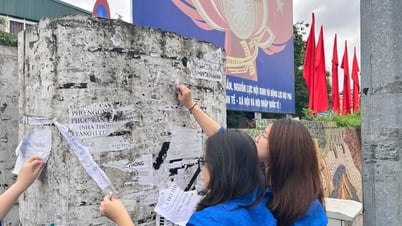




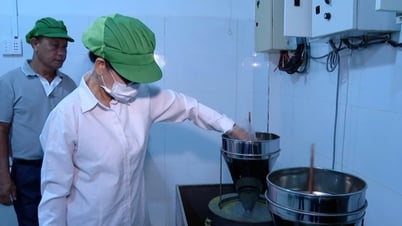




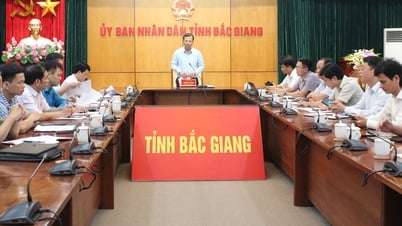



Comment (0)